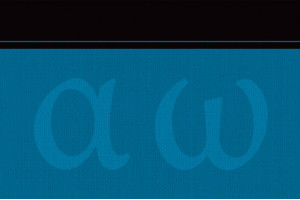The learning approach in the Reading Biblical Greek course revolves around three core elements: grammar, vocabulary, and reading and translation.
-
Grammar. The grammar consists of micro-lessons, which break up information in small, digestible chunks. Each micro-lesson addresses a single point. This arrangement makes for easy comprehension and review. New learning is incremental and recursive—each new piece builds on and reinforces prior learning.
-
Vocabulary. As an essential complement to grammar, vocabulary is introduced at strategic points and is arranged first by what the student has been learning in grammar, and then by frequency.
-
Reading and Translation. The goal of this course is to enable students to read and translate the Greek of the New Testament. Thus, the content is structured and tied to a specific Greek text to enable reading as soon as possible. The student will have read and translated the whole of Mark 1–4 by the end of the course.
While Reading Biblical Greek only introduces students to information that is essential to grasp the fundamentals of the Greek language, it is informed by the latest and best of Greek and linguistic scholarship, enabling students to move seamlessly into further study.
By completing this course, you’ll gain
-
familiarity with the basic rules of New Testament Greek grammar
-
a basic grasp of beginning-level Greek vocabulary
-
experience in applying grammar and vocabulary lessons to actual translation
-
confidence in your growing knowledge through unit assessments and personalized review sessions that include award-winning memory building tools













